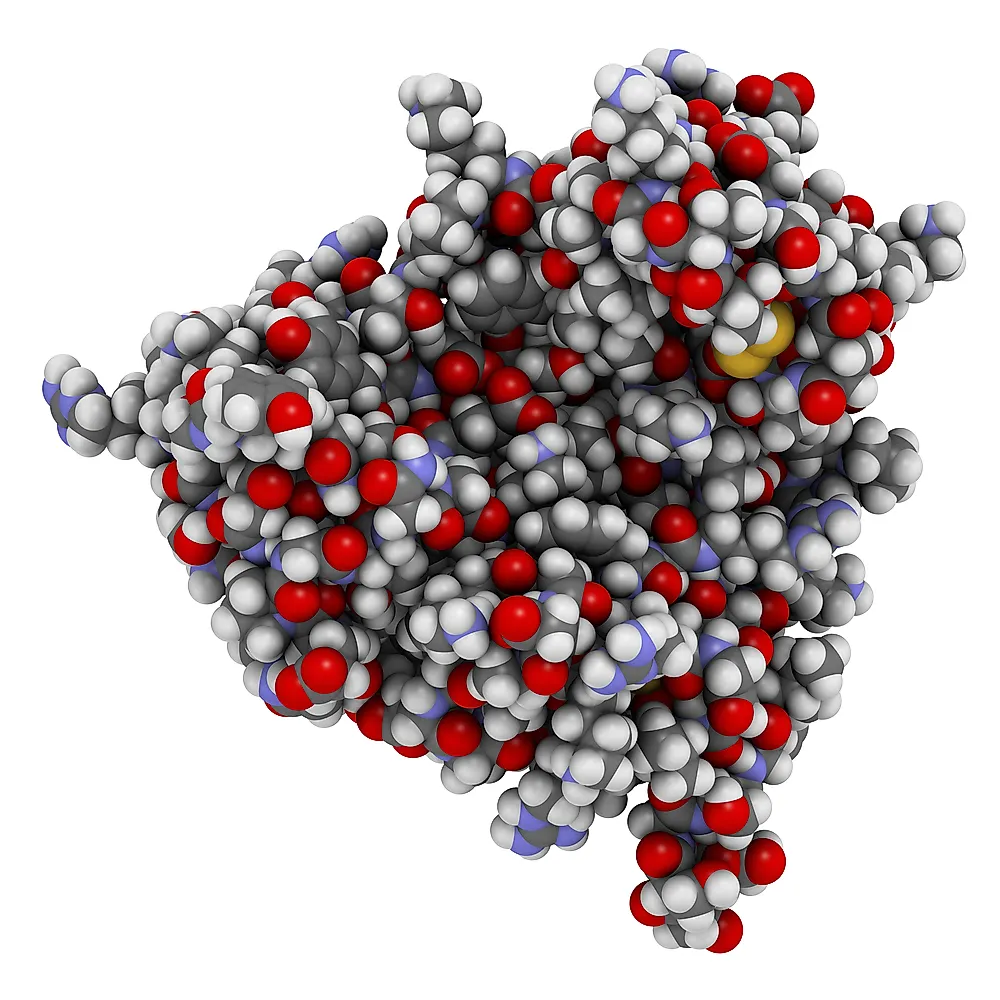What Is The Sweetest Substance In The World?

Sweetness is an essential taste associated with eating sugary foods. The sweet taste is regarded as a pleasing incident except when in excess. Other than sucrose there are numerous compounds which are sweet, and this includes sugar alcohols, ketones and aldehydes. Some compounds like aspartame and saccharin have low sweetness concentration and are used as non-caloric sugar substitutes. Sucrose is the prototypical model of a sweet, and all the other compounds are rated relative to sucrose. A good example is Fructose which is considered to be 1.7 times sweeter than sucrose. The sweetest compound in the world is a protein known as Thaumatin.
What Is Thaumatin?
Thaumatin is a protein which is known for its flavor-modifying and sweetening characteristics. It was initially discovered as a mixture of proteins which were extracted from the Thaumatococcus daniellii (katemfe fruits) from West Africa. Some of the proteins belonging to the Thaumatin sweetener family are over 2000 times sweeter than sucrose. Even though it is the sweetest compound in the world, its taste is entirely different. Its sweetness builds up slowly and lasts for a very long time leaving a licorice-like aftertaste. It is a water-soluble compound which is stable when heated or under acidic conditions. The thaumatin molecule usually binds to the tongue when the fruit is consumed, and it is known to improve the taste of sour foods.
The Source Of Thaumatin
Thaumatococcus daniellii is the natural source of Thaumatin. These fruits have been locally cultivated and used as beverages and food flavors for years now in West Africa. It is a rhizomatous herb which is indigenous to the rainforests in West Africa which stretches from the Democratic Republic of Congo to Sierra Leone. It is an introduced plant species in Singapore and Australia.
The plant can grow up to 13ft tall producing some huge papery leaves which are about 18inches long. The plant bears some soft fruits which have numerous shiny black seeds and pale purple flowers. The fruits are covered by a fleshy red aril (the central part of the fruit which has thaumatin). Other than being used as sweeteners, the leaves and the seeds of this plant have numerous medicinal uses.
Tate and Lyle started extracting Thaumatin from these fruits in the 1970s. Unilever announced that they had extracted two proteins from this fruit which they named thaumatin II and thaumatin I in 1990. It is approved as a sweetener in Japan, Israel and the European Union. It is recognized only as a flavoring agent in the United States.
Crystallization Of Thaumatin
Since it crystallizes easily and rapidly when mixed with tartrate ions, the thaumatin-tartrate mixture is frequently used when studying protein crystallization. Its crystallization habit and solubility depends on the chirality of the added precipitant. When crystallized with meso and D-tartrate, thaumatin forms some prismatic and stubby particles whose solubility increases as the heat reduces. With L-tartrate it forms bi-pyramidal crystals whose solubility is raised by an increase in temperature. Therefore it’s crucial to control the chirality of the precipitate during the crystallization process of protein.











